
How to train potty train a dog?
Many new pet owners find themselves scrambling at 6 a.m., cleaning up a mess their puppy left by the couch.
Deciding when to enroll your puppy in training classes is one of the most important choices you’ll make as a new dog owner. Getting the timing right can set the foundation for a well-behaved, confident adult dog, while starting too early or too late might lead to missed opportunities for crucial socialization and learning. The best age for puppy training classes isn’t just about hitting a specific number of weeks—it’s about understanding your pup’s developmental stages and readiness to absorb new experiences.
Puppies go through rapid physical and mental changes in their first few months, and each stage plays a role in how they respond to training. The critical socialization period, for example, typically occurs between 3 and 14 weeks of age. During this time, puppies are highly receptive to new environments, people, and other dogs, making it an ideal window to introduce structured learning. However, their immune systems are still developing, which is why many trainers recommend waiting until at least 8 weeks old—after they’ve had their first round of vaccinations—before joining group puppy classes.
Most professional trainers agree that the optimal age for puppy obedience classes falls between 8 and 16 weeks. This range allows puppies to benefit from early socialization while keeping safety in mind. Smaller breeds or particularly timid pups might need a gentler approach, while bold, larger breeds could handle slightly more challenging exercises sooner. Reputable puppy classes will tailor activities to suit different developmental stages, focusing on positive reinforcement and bite inhibition before moving on to more complex commands.
Starting puppy classes at the right age offers undeniable advantages. Puppies exposed to controlled group settings early on tend to develop better social skills, exhibit less fear around unfamiliar dogs, and adapt more easily to new environments. Research from veterinary behaviorists shows that puppies enrolled in classes during their prime socialization window are significantly less likely to develop anxiety-related behaviors later in life. Structured training at this age also strengthens the bond between owner and pup, making future obedience training smoother.
Choosing the right class requires careful consideration. Look for programs that limit class sizes to ensure individual attention, prioritize force-free training methods, and require proof of vaccinations. A well-designed curriculum should balance basic commands with playtime to reinforce positive associations. Certified trainers with experience in puppy developmental stages can make all the difference—don’t hesitate to ask about their credentials or observe a session before enrolling.
Ultimately, the decision comes down to your puppy’s unique personality, health, and breed tendencies. While the general puppy classes age recommendation is a helpful guideline, staying attuned to your dog’s comfort level is just as important. Whether you start at 9 weeks or 14, the key is consistency and patience. Early training isn’t about perfection—it’s about giving your pup the tools to navigate the world with confidence, one playful lesson at a time.

Many new pet owners find themselves scrambling at 6 a.m., cleaning up a mess their puppy left by the couch.
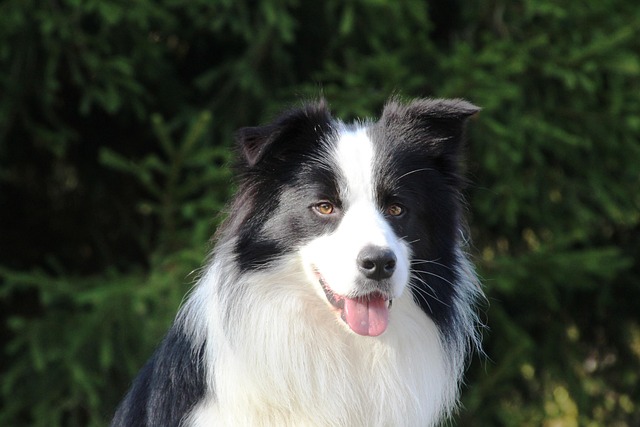
Potty training a German Shepherd can feel like a big task, especially since these dogs are smart but also have lots of energy—meaning accidents can happen fast if you’re not consistent.
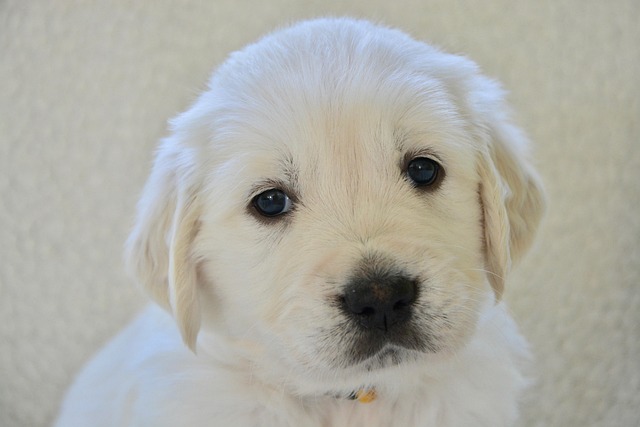
One of the coziest parts of camping is settling in for the night, but as a new dog owner, you might be staring at your tent wondering
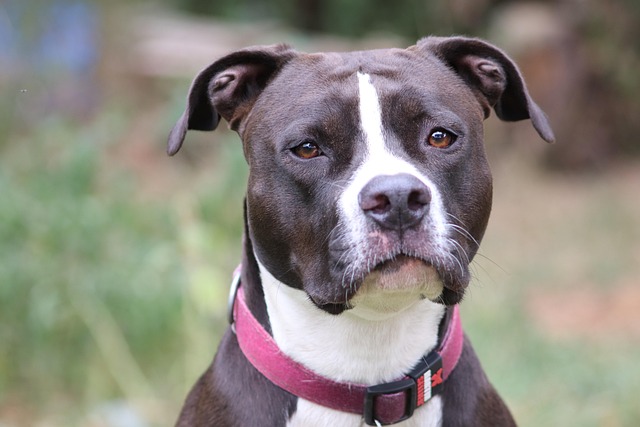
Bringing a new furry friend home is exciting, but figuring out potty training can feel overwhelming for first-time owners.
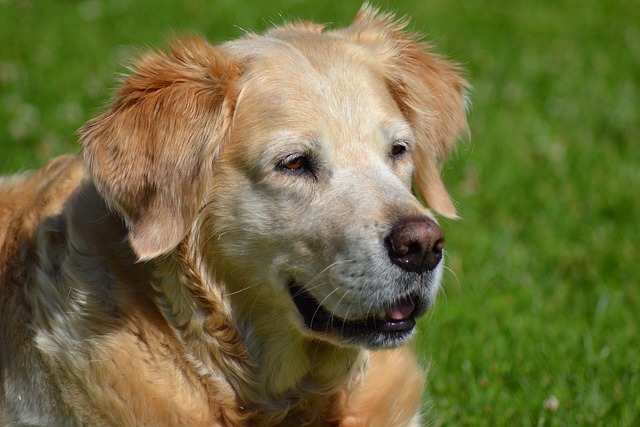
The thought of sharing your first camping adventure with your dog is incredibly exciting—the hikes, the campfire cuddles, the stunning photos.
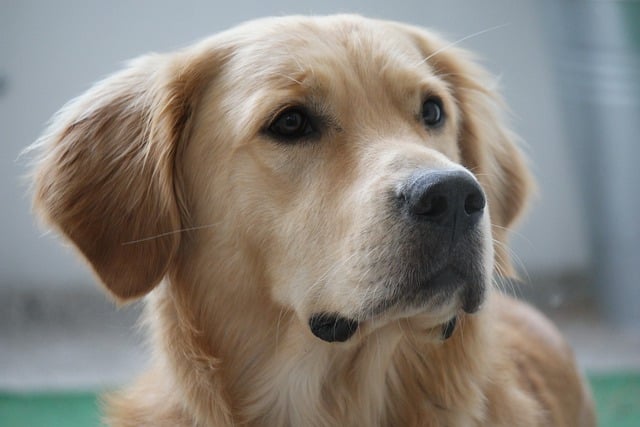
The dream of falling asleep under the stars with your furry best friend curled up beside you is a powerful one. But for many new dog owners